Nearly eight decades after surviving the atomic bombing of Hiroshima, Japan, 85-year-old Keiko Ogura had this message for Russian President Vladimir Putin: “You don’t know what is a nuclear weapon, the reality of a nuclear weapon. So come here and see.”
Ogura spoke to ABC News’ Britt Clennett ahead of the arrivals of President Joe Biden and other leaders in Hiroshima for the annual summit of G7 leaders, held this year in the Japanese city amid new nuclear threats from countries like Russia, North Korea and Iran.
Ukrainian President Volodymyr Zelenskyy planned to join the world leaders this weekend for the summit. His presence in Hiroshima is particularly significant amid Putin’s recent decision to move tactical nuclear weapons to Belarus, which neighbors Ukraine.
Putin last year suggested he could use the weapons in Russia’s invasion of Ukraine but subsequently denied he would.
“Threats by Russia of nuclear weapon use, let alone any use of nuclear weapons by Russia, in the context of its aggression against Ukraine are inadmissible,” Biden and the other G7 leaders said Friday in a joint statement, calling for “a world without nuclear weapons.”
Ogura was 8 years old when the U.S. dropped an atomic bomb on the city on Aug. 6, 1945, but she says she can still vividly remember the events of that day.
“First there was a bright flash, and then soon after that, I couldn’t stand. Because soon after that, there was a strong blast — I mean wind, like a typhoon or tornado. And then I was beaten to the street and became unconscious, because of the blast,” Ogura said. When she opened her eyes, everything was dark; gradually she could see that her neighborhood was engulfed in flames, she said.
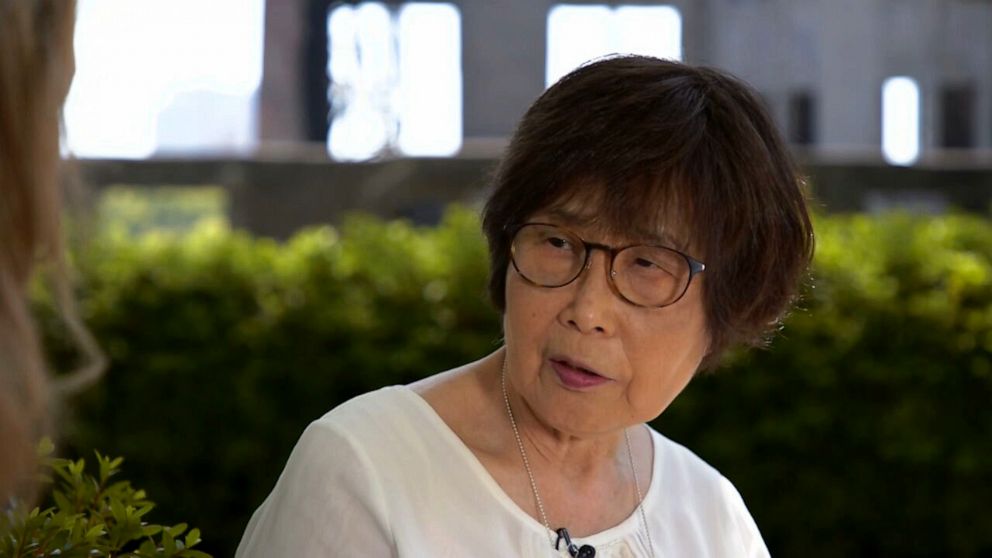
Ogura met with G7 leaders on Friday during their visit to the Hiroshima Peace Memorial Museum, according to Japan’s foreign ministry. Japanese Prime Minister Fumio Kishida gave the G7 leaders a private tour of the museum.
According to Japan’s Kyodo News, Kishida later told reporters: “We felt the reality of the atomic bombing and shared a sobering moment that will be etched in our hearts. It was historic from the viewpoint of showing our resolve for a world free of nuclear weapons.”
The bombings of Hiroshima and Nagasaki prompted Japan’s surrender to the Allies, precipitating the end of World War II. In Japanese, survivors of the bombings are known as “hibakusha.”
During her interview with ABC News, Ogura said this would be her message to Biden: “I say, you have the power and we need a leader…Underneath this land you’re standing there were so many dead souls and so and so, please feel, and please imagine.”
The Hiroshima bombing killed an estimated 140,000 people.
“Black rain, rain contaminated with radiation, dark color, charcoal colored rain fell onto my blouse,” Ogura said.
“Their [the people coming towards her] skin was hanging down from the tip of their finger, and they’re coming like a ghost or a zombie or something…coming to my area, and they started to die,” Ogura said.
“When I recall those days, I can’t help but want to cry,” Ogura continued.
After the G7 leaders toured the museum, they walked to the continuously lit “flame of peace” at the surrounding memorial park, laid wreaths and participated in a tree-planting ceremony. In the background was the Genbaku Dome, the only structure that remained standing in the area where the bomb was dropped.
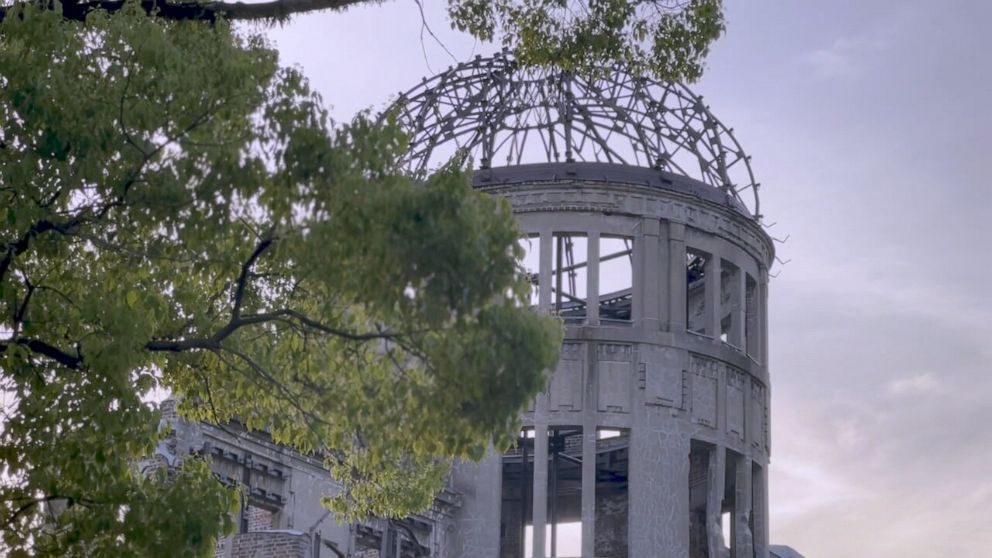
Biden was the second sitting American president to visit the memorial site. No U.S. president has apologized for the bombing. The White House said that Biden didn’t plan to do so, either. Biden didn’t make any public remarks during his visit to the memorial and museum.
Ogura added, “I know the fear, the reality when the nuclear weapon was used, and I can’t stand this evil existing, the nuclear weapon, even a single weapon existing in this world, on this planet…We need to think about the future generation.”
Source : ABC News


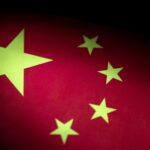

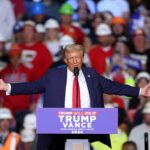
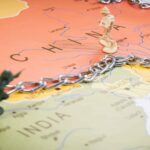
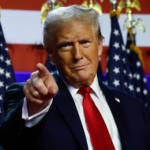
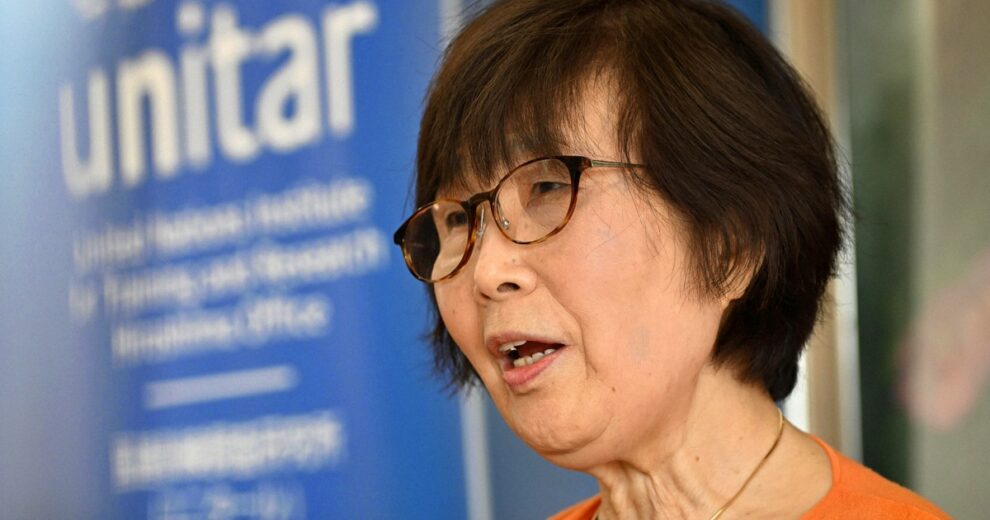
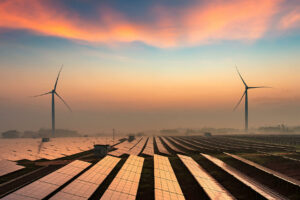
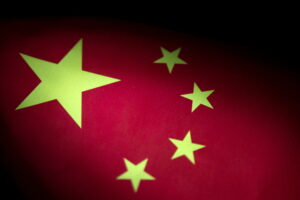






Add Comment